T
tally
A way of recording a count by making marks. Usually tallies are grouped in fives.

pages 4, 9
tessellation
Patterns made from one or more shapes that do not overlap, leave no gap, and can repeat over and over.
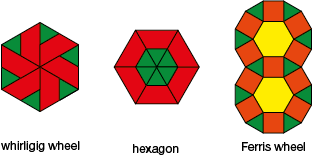
page 406
thinking about money
Using units of currency as convenient numbers for problem solving.
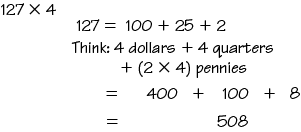
pages 155, 279, 485
thousands period
The sequence of digits (if any) in the thousands place, the ten-thousands place, and the hundred-thousands place. In the number 567,789,987 the thousands period is in bold type.
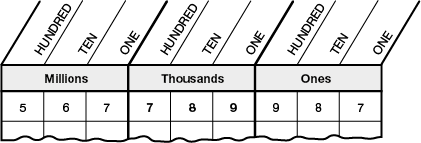
pages 220, 221, 230
TIMS Laboratory Method
A method to organize experiments and investigations. It involves four phases: draw, collect, graph, and explore. It is a way to model, analyze, and interpret a complex situation.
pages 34–40, 475, 561
transformation
How a shape is moved is called a transformation. For example, the core square can slide or translate, flip or reflect, turn or rotate.
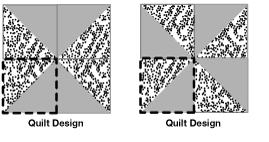
pages 413–414
trapezoid
A quadrilateral with exactly one pair of parallel sides.

pages 410, 416, 423
triangle
A polygon with three sides.

pages 397–401, 403, 408, 415–418, 422–423, 438, 443
true number sentence
A number sentence where the amount on one side of the equal sign has the same value as the amount on the other side, e.g., 1000 + 30 + 2 = 1000 + 10 + 10 + 10 + 2.
pages 123–124, 312, 344, 346–347
turn
A transformation (motion) in which a figure is turned a specified angle and direction around a point. The size of the angle depends on the amount of turning, or rotation. (See also rotation.)
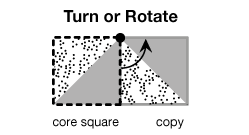
pages 378–383, 410–411, 412–418, 428
turn symmetry
A figure has turn symmetry if it can be rotated around a point (called the center of turning) through an angle less than 360° and the turned figure matches the original.
pages 410–411
turn-around facts
Addition or multiplication facts that have the same numbers but in a different order (e.g., 3 + 4 = 7 and 4 + 3 = 7, 3 × 4 = 12 and 4 × 3 = 12). (See also commutative property of multiplication.)
pages 77–78, 214
turn-around rule
A term used to describe the commutative property of addition (e.g., 4 + 6 = 6 + 4) and multiplication (e.g., 4 × 6 = 6 × 4). (See also commutative property of multiplication.)
pages 265–267
two-pan balance
A tool for measuring the mass of an object by balancing the object in one pan and a number of standard masses in the other pan.
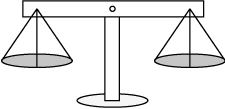
page 573










